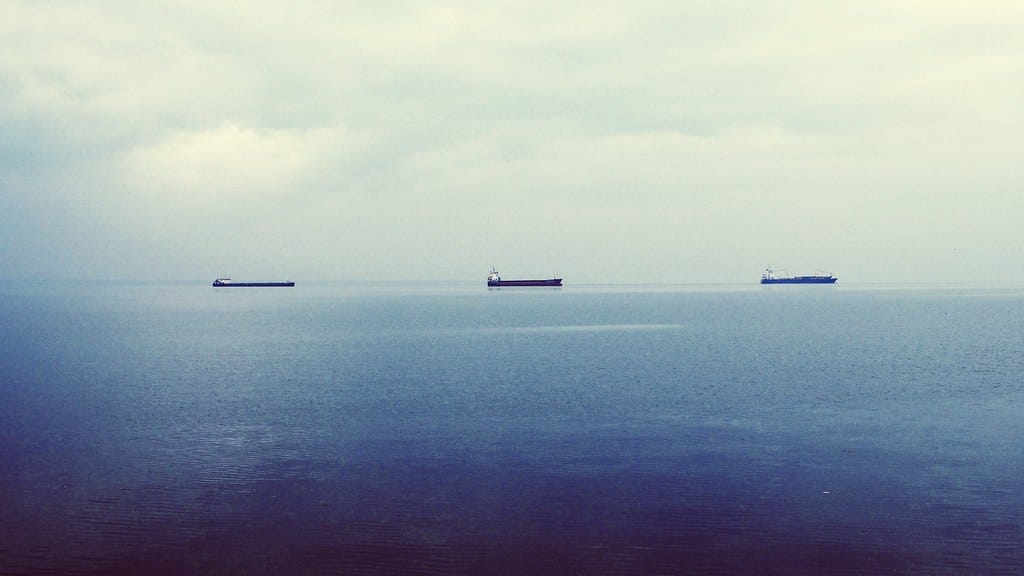The Ocean's Invisible Crisis: Millions of Tonnes of Nanoplastics Are Infiltrating Marine Ecosystems
While the world has awakened to the shocking images of plastic islands floating in our oceans, a far more insidious threat lurks beneath the surface—one that's invisible to the naked eye but potentially catastrophic in scale. Scientists have discovered that millions of tonnes of nanoplastics, particles smaller than a human cell, are now polluting our oceans at unprecedented levels, creating an environmental crisis that could reshape marine life as we know it.
The Scale of the Invisible Invasion
Recent research published in leading environmental journals reveals that nanoplastics—plastic particles measuring less than 100 nanometers—are accumulating in ocean waters at rates that dwarf previous estimates. To put this in perspective, these particles are roughly 1,000 times smaller than the width of a human hair, making them virtually undetectable without sophisticated laboratory equipment.
Dr. Sarah Chen, a marine pollution researcher at the Woods Hole Oceanographic Institution, describes the situation as "an underwater snowstorm of plastic particles that never stops falling." Current estimates suggest that between 8-15 million tonnes of nanoplastics enter marine environments annually, with concentrations particularly high in areas near major population centers and shipping routes.
Where Do These Nanoplastics Come From?
The sources of oceanic nanoplastics are as diverse as they are troubling. Unlike the dramatic images of plastic bottles and bags washing up on beaches, nanoplastics originate from the gradual breakdown of larger plastic items through UV radiation, wave action, and biological processes.
Primary Sources Include:
Synthetic Textiles: Every wash cycle releases millions of microfibers from polyester and nylon clothing. These fibers continue to fragment in wastewater treatment plants and marine environments, eventually becoming nanoplastics.
Tire Wear: Vehicle tires shed microscopic rubber particles that wash into storm drains and waterways. A single tire can lose up to 6 pounds of material over its lifetime.
Packaging Materials: Food containers, bottles, and packaging materials slowly degrade, releasing nanoplastic particles that are easily transported by wind and water currents.
Industrial Processes: Manufacturing facilities, particularly those producing plastics, release nanoplastic particles through various industrial processes and waste streams.
The Hidden Biological Impact
What makes nanoplastics particularly concerning is their ability to cross biological barriers that larger plastic particles cannot. These microscopic invaders can penetrate cell membranes, enter bloodstreams, and accumulate in vital organs of marine life.
Recent studies have documented nanoplastics in the tissues of fish, shellfish, and marine mammals. In laboratory experiments, exposure to nanoplastics has been linked to:
- Reduced reproductive success in marine species
- Compromised immune system function
- Altered feeding behaviors
- Cellular damage and inflammation
Perhaps most alarming is the potential for biomagnification—the process by which nanoplastics become more concentrated as they move up the food chain, ultimately reaching the seafood that millions of people consume daily.
Detection Challenges and Scientific Breakthroughs
One of the greatest obstacles in addressing nanoplastic pollution has been the difficulty in detecting and measuring these particles. Traditional methods used for larger plastic debris are inadequate for nanoplastics, requiring sophisticated techniques like electron microscopy and spectroscopic analysis.
However, recent technological advances are changing the game. New detection methods using fluorescent markers and advanced imaging techniques are allowing scientists to map nanoplastic distribution with unprecedented accuracy. These tools are revealing that nanoplastic concentrations in some ocean regions are 100 times higher than previously estimated.
The Path Forward: Solutions and Prevention
Addressing the nanoplastic crisis requires a multi-pronged approach that tackles both existing pollution and future prevention:
Immediate Actions: Improving wastewater treatment facilities to capture smaller particles, implementing better industrial filtration systems, and developing washing machine filters for synthetic textiles.
Long-term Solutions: Transitioning to biodegradable alternatives, redesigning products to minimize plastic shedding, and establishing international regulations for nanoplastic emissions.
Consumer Awareness: Educating the public about the hidden sources of nanoplastics in everyday products and promoting sustainable consumption patterns.
A Call for Urgent Action
The nanoplastic crisis represents a fundamental shift in how we must think about ocean pollution. Unlike the visible plastic debris that galvanized public attention, nanoplastics operate in the shadows, accumulating silently in marine ecosystems and potentially in our own bodies.
The time for action is now. As Dr. Chen warns, "We're conducting a massive uncontrolled experiment with our planet's life support systems." The choices we make today about plastic production, consumption, and disposal will determine whether we can reverse this invisible invasion or watch it fundamentally alter marine life for generations to come.
The ocean's invisible crisis demands our immediate attention—before it's too late to turn the tide.

